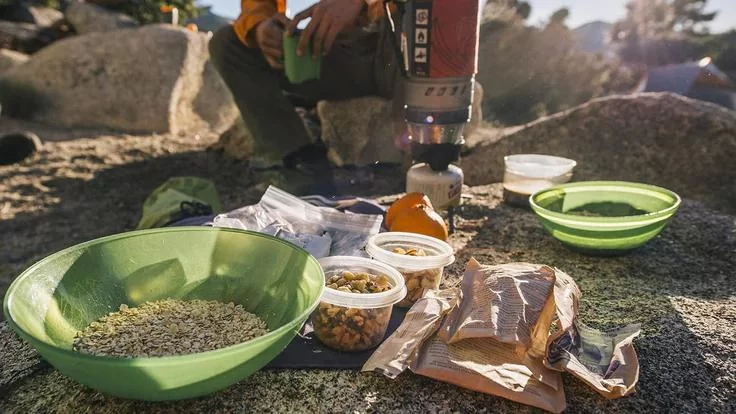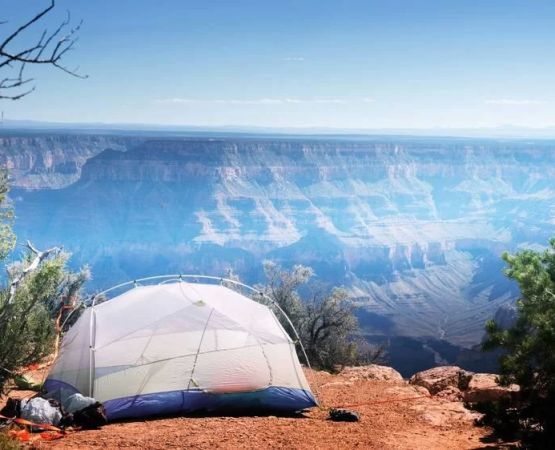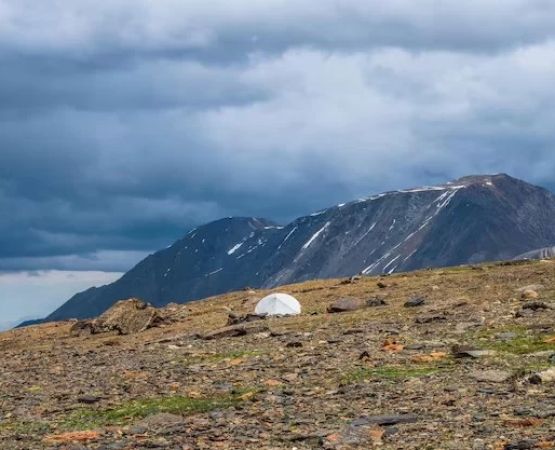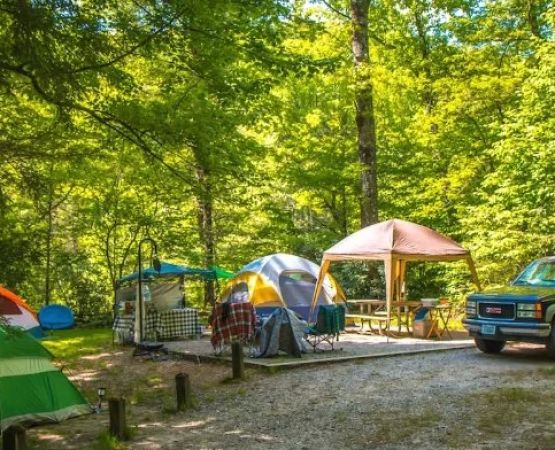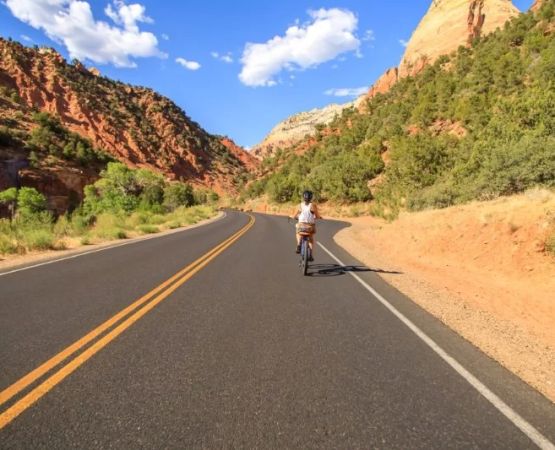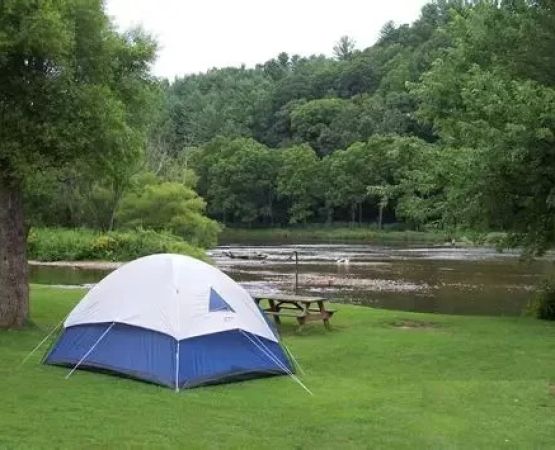How to Keep Food Safe While Camping
When I first started camping, one of the biggest challenges I faced was figuring out how to keep food safe in the great outdoors. There’s nothing worse than spending all day hiking or exploring and then realizing that your food is either spoiled or unsafe to eat. After several trips, I’ve learned some essential food safety tips that have made camping meals not only delicious but safe as well. Keeping food safe while camping isn’t as difficult as it may seem, but it does require some preparation and a few key practices to ensure that your food stays fresh and safe to eat. In this article, I’ll share my experiences and the tips I’ve learned to help you keep your food safe on your next camping trip.
1. Proper Food Storage is Key
One of the most important lessons I’ve learned about camping food safety is how to properly store food. When I first started camping, I used to just throw everything into a cooler and hope for the best. But I quickly learned that without proper food storage, things can go wrong quickly. Food, especially perishable items like meats, dairy, and cut fruits, need to be kept at safe temperatures to prevent bacteria growth.
Here’s what I do to keep food safe while camping:
- Use a Cooler: I always bring a high-quality cooler to store my perishable items. I make sure to keep the cooler in a shaded area to prevent it from overheating in the sun. My go-to cooler is a well-insulated, heavy-duty model that can keep ice frozen for up to 5 days. A cooler with a tight seal and efficient insulation can really make a difference.
- Use Ice Packs: Instead of just ice, I prefer using ice packs. They last longer and prevent the food from getting wet. I pack frozen bottles of water as well, which can later be used for drinking when they thaw.
- Keep Raw Meats Separate: To prevent cross-contamination, I always store raw meats in sealed plastic bags. I place them at the bottom of the cooler to prevent any juices from dripping onto other foods. A small cooler just for meats and seafood is also a great way to keep everything organized.
2. Maintain Proper Cooking Temperatures
Another critical aspect of food safety while camping is cooking food to the proper temperatures. I’ve had my share of cooking mishaps, especially when trying to cook meat over a campfire, and I’ve learned that using a food thermometer is essential. Overcooking isn’t an issue, but undercooking can be dangerous, especially when it comes to poultry and ground meat.
Here’s how I make sure food is cooked safely:
- Use a Meat Thermometer: I always bring a portable meat thermometer with me when I camp. For example, chicken should reach an internal temperature of at least 165°F, while ground beef should be cooked to 160°F. A thermometer takes the guesswork out of cooking and ensures that your meals are safe.
- Cook Food Thoroughly: When using a campfire or portable stove, I make sure to cook food thoroughly. I’ve found that it’s better to err on the side of caution and cook food a bit longer, especially when you can’t easily control the heat.
- Pre-cooked Foods: For convenience and to reduce the risk of undercooking, I often pre-cook meats like chicken or burgers at home and freeze them. When I get to the campsite, I just need to reheat the food, which is quick and easy, ensuring it’s already safely cooked.
3. Avoiding Contamination with Proper Hygiene
One of the key aspects of camping food safety that I learned the hard way was hygiene. On my first trip, I didn’t pay much attention to cleaning my hands or the cooking utensils, and I ended up with some unpleasant stomach issues. It’s crucial to maintain good hygiene practices, not just for safety, but to make sure that everything tastes good and stays fresh.
Here are some of the hygiene practices I follow when camping:
- Wash Your Hands: I always bring biodegradable soap and hand sanitizer for washing my hands. Before handling food, I make sure my hands are thoroughly cleaned, and I encourage everyone in my group to do the same. It’s a simple habit that can prevent the spread of bacteria.
- Clean Cooking Equipment: I regularly clean cooking utensils, cutting boards, and knives, especially when switching between raw meat and vegetables. For this, I use warm water and biodegradable soap. I also use separate cutting boards for raw meat and fresh produce to avoid cross-contamination.
- Use Sanitizing Wipes: Since water can sometimes be limited when camping, I rely on sanitizing wipes to clean surfaces and hands when necessary. They come in handy when setting up camp and preparing food in areas where running water isn’t available.
4. Proper Food Handling While On the Go
One of the most common mistakes I’ve made while camping is forgetting to keep food at the correct temperature during transportation. When you’re hiking, traveling to your campsite, or running errands, food safety doesn’t stop just because you’ve left your campsite. I’ve learned that keeping food cool while on the move is just as important as keeping it cool once you arrive at the site.
Here’s how I manage food safety during travel:
- Keep Coolers in the Shade: While driving to the campsite, I always make sure my coolers are in the shaded areas of the car. If the weather is hot, I use reflective covers or place a blanket over the cooler to help keep the temperature stable.
- Insulated Bags for Snacks: For quick snacks, like fruits or cheeses, I pack them in insulated bags with ice packs. This keeps them fresh while I’m out and about, exploring the area.
- Plan Food Timing: I make sure to cook or eat perishable items early in the trip to avoid keeping them at unsafe temperatures for too long. Things like salads, deli meats, and cheeses are best eaten within the first day or two.
5. Dealing with Leftovers
Another issue I’ve faced while camping is dealing with leftovers. Sometimes, we prepare too much food and need to store it properly to prevent it from going bad. Over the years, I’ve learned a few ways to handle leftovers while camping:
- Store Leftovers in the Cooler: After meals, I always place leftovers in airtight containers and store them in the cooler. It helps keep them fresh longer, especially if I’m planning to eat them the next day.
- Reheat Safely: If I plan to reheat leftovers, I make sure they are heated to the correct temperature. Using a food thermometer helps ensure that the leftovers are safe to eat.
- Plan Smaller Portions: To avoid dealing with too many leftovers, I try to cook just enough food for each meal. It minimizes waste and ensures that the food we do have doesn’t stay in the cooler for too long.
By following these food safety practices, I can enjoy my camping trips without worrying about foodborne illnesses or spoilage. It only takes a little extra effort and preparation to keep food safe, and in return, you get to enjoy fresh, delicious meals in the great outdoors without any concerns. Whether you’re camping in the wilderness or at a designated campground, these simple tips will ensure your meals are not only tasty but also safe to eat. So, next time you head out for a camping adventure, make sure to prioritize food safety—it’s an essential part of the experience!

